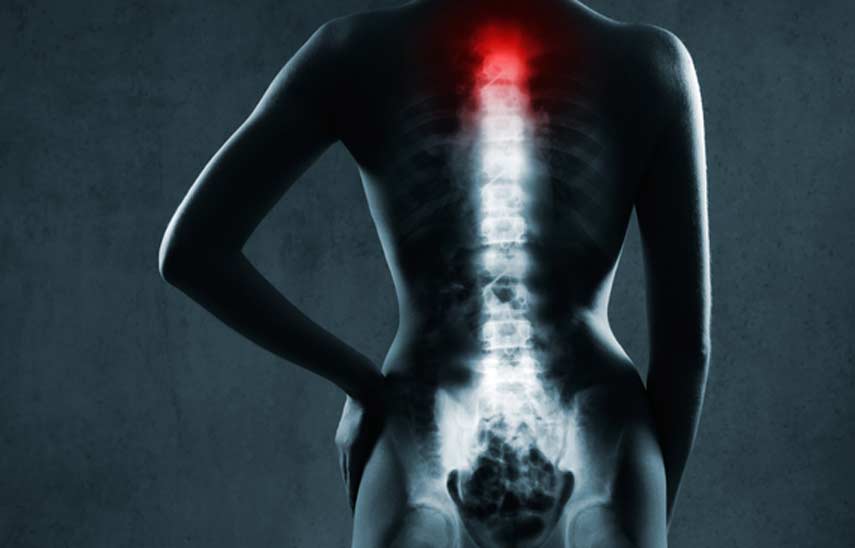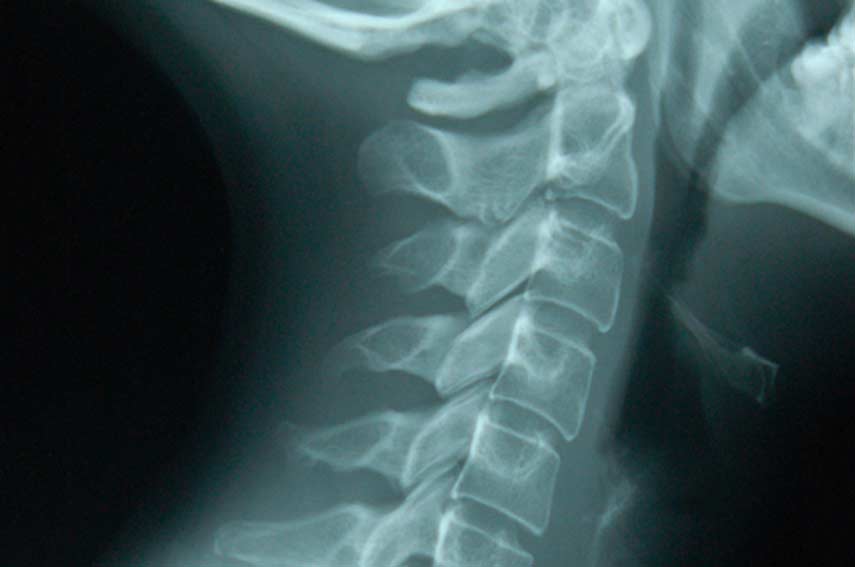
A spinal x-ray is any x-ray that is taken of any region of the spine.
The spine consists of five sections which are the cervical spine or neck, the thoracic spine that is where the ribs meet, the lumbar spine or lower back, the sacral spine which is lower, and the coccyx or tailbone. Generally, x-rays work by exposing the body region to waves of radiation. Different structures within the body allow different amounts of radiation to pass through them.
This produces a negative image with structures in varying degrees of white and gray. In x-rays of the spine, the vertebrae are typically white while the cartilage disc’s in between them are more of a gray.
When Is A Spine X-ray Needed?
The most common reason that signal x-rays are needed is injury. These injuries are often the result of either workplace or vehicular accidents. Whatever the cause of the injury is, the first step in diagnosis and treatment is often to x-ray the site. The physician will order this type of imaging when they are able to see swelling, bruising, or feel any knots. Even if the injury isn’t visible to the physician, but the patient underwent significant trauma, such as a fall from a tall height or a high speed accident, or the patient is reporting localized pain, the physician will likely order an x-ray of the spine.


What Is The Purpose of This Test?
The main purpose of any x-ray is to help the physician accurately diagnose the patient’s condition. Early diagnosis is critical in spinal injuries because of the anatomical structures that are near to the spine. The spine envelopes the spinal cord which is responsible for the individual’s motor control and sensation. If this signal cord is pinched or cut off, it is imperative that immediate action is taken to relief that and restore functionality for the patient. The spine also runs near several major organ and vascular structures that the physician needs to confirm aren’t being obstructed by misalignment of the spine. X-ray imaging may also be used during surgery in real-time to allow the surgeon to see exactly where they are and where the structures of the spine are.
What Are The Advantages of X-rays?
X-rays offer several advantages to both the patient and their healthcare providers. For example, this technology is old in comparison to many other imaging techniques which makes it cheaper. X-ray machines are also more versatile in that there are portable versions that can be brought to the patient if they are immobile due to their injury. X-ray machines emit less radiation than other imaging machines, meaning that they will have little to no side effects.
What Conditions Can It Diagnose?
After an injury, X-ray imaging can help the physician confirm a number of structural abnormalities of the spine. The most common spinal injuries that can be confirmed via x-ray imaging are broken vertebrae and damaged discs. This technique can also help to confirm nerve compression and spinal cord injury.

